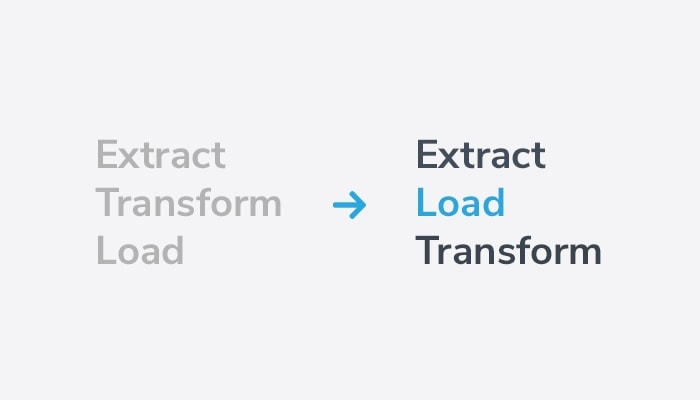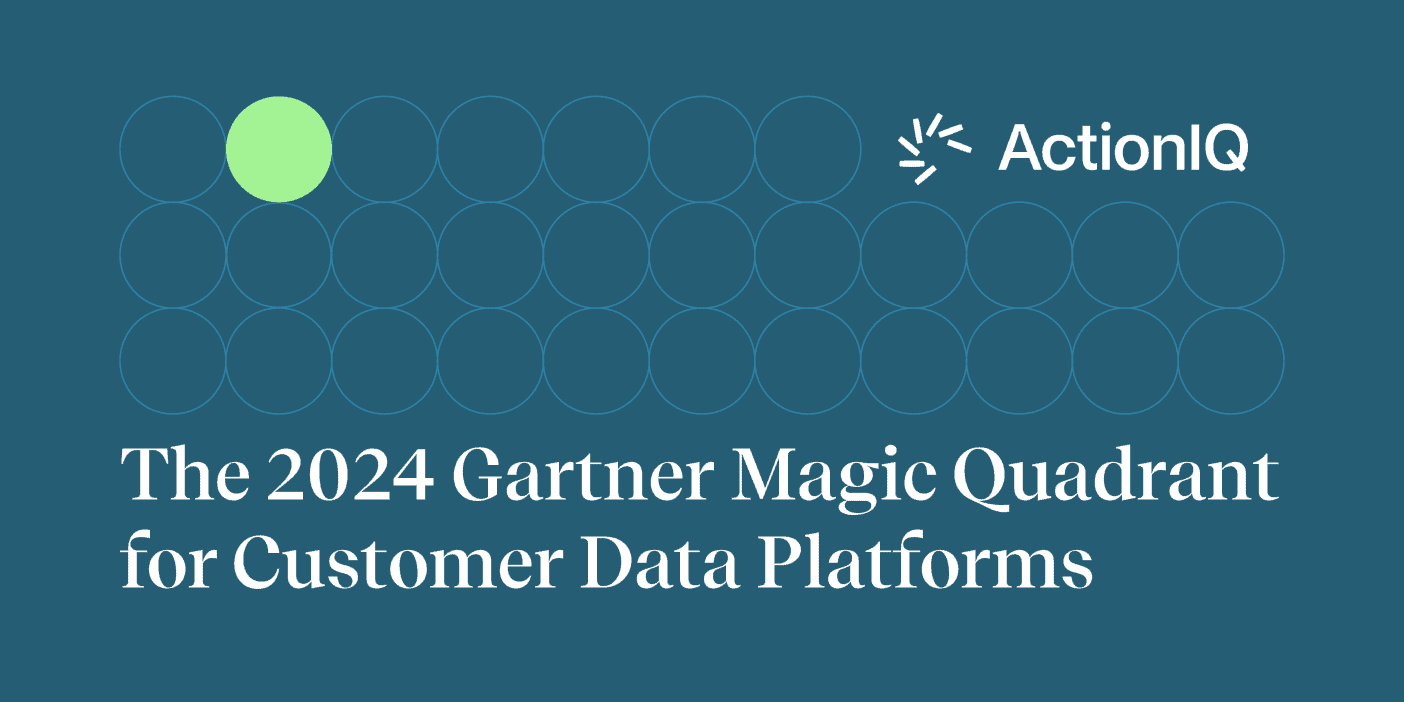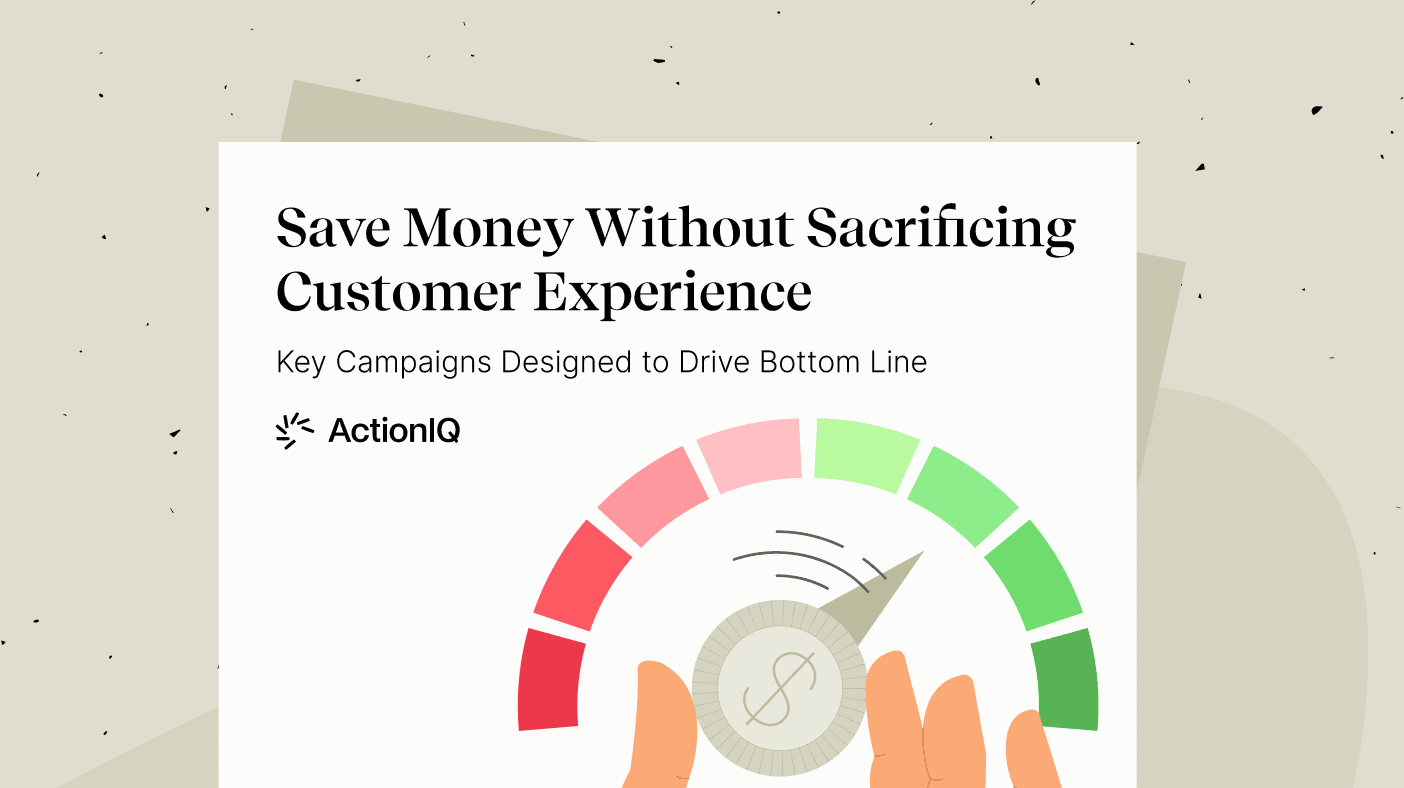A Data-First CDP: It’s Like Traveling Without Ever Having to Pack

I travel a lot for my job, and packing is the most stressful part of the process—especially if I want to avoid the hassle and expense of checking a bag. I was traveling to London recently for business, planned to stay on as a tourist for the long weekend, then head to a meeting in Barcelona the following week. Packing for that trip required some higher-order math.
When and how often would I need to dress up or go casual? What was the weather going to be like at each of the spots I wanted to go? Did I have enough room (and motivation) to pack workout clothes? Should I bother bringing skiing gear for the small chance I could fit in a ski day-trip?
In the end, I just took the basics I knew I needed and didn’t bother with the rest.
As I was rage-packing for that trip, it suddenly struck me that marketers—at least those who want to be data-driven—have long faced these same frustrations and limitations.
Uncertain Assumptions, Painful Tradeoffs
Like the traveler, data-driven brands have traditionally had to “pack” ahead of time—i.e. decide beforehand exactly the data they will need, and how it will be used, in the future. And so they have to rely on assumptions and guesswork that often leave them ill-prepared for their actual business needs down the road.
Given the pace of change across every industry in the digital age, predicting the future has never been more challenging. More and more interactions are becoming digitized, yet consumers also still crave real-life experiences. They interact across more channels than ever, and the number of channels continues to grow every year.
Still, marketers have been forced to make tradeoffs across an unlimited number of future scenarios that are impossible to predict. Why? Because traditional customer data solutions—even “new” solutions that claim the title of customer data platform (CDP)—require an enormous amount of time-consuming, expensive upfront work to prepare the data for downstream analysis and activation.
Let’s review the traditional approach to organizing customer data:
- Leave everything in the warehouse. Similar to clothing, warehouses are the most efficient way to store large amounts of data. And just like retail, data warehouses are built for cost and scale, not for accessibility. Imagine if you had to call up the warehouse to pull and ship articles of clothing anytime you needed a new outfit during your travels. This would be extremely expensive and take days (or weeks depending on your logistics team) of back and forth just to get the outfit you need. Same logic applies to data. There are many layers between the people who need access to the data, and those who store the data. And this increases the cost of every data request.
- Predefine all your use cases. The other option is to predefine your use cases and transform just the data you need to fit those scenarios. You gain accessibility, but lose flexibility in terms of what type of use cases you can go after. Bringing it back to travel, it is like having to significantly limit the number of locations you can visit due to the static wardrobe available in your carry-on.
In both cases, you face painful and expensive workarounds. In an emergency, a traveler can call home and ask someone to hunt for an article of clothing or outfit they need and send it by overnight mail. And if brands find they really need a new set of data or customer attributes, they can submit a request to IT for the data they need. But both of these workarounds involve significant costs in time and effort.
What Has Changed?
Technology has advanced to the point where we can now combine the best of both approaches: the ability to quickly and easily access customer data, without having to pre-define how it will be used upfront. A select group of CDPs, including ActionIQ, can do this. Why? Because they were built from the data-layer up, not from the application-layer down.
To understand the difference between the data-first CDP solution and the rest, including Marketing Cloud solutions, we need to get a bit technical. But in a nutshell, it comes down to how data is moved from one system to another, otherwise known as ETL—Extract, Transform, Load—specifically when does data transformation actually occur?
As the name implies, ETL requires you to transform data before you load it into the platform that marketers use. As described above, this involves a long, arduous scoping process, followed by all the transformation required.
The biggest limitation with any ETL is, once you transform data, you can’t make changes without starting all over again. To bring it back to packing, it’s like choosing the exact outfits you want to wear every day. If you transform before you load, then you are stuck with exactly those outfits for your entire trip.
But by moving the transformation to the very last step, i.e. “ELT”, you gain a massive amount of flexibility that was not possible until the last few years. With ELT, you import all the data as is, and only transform the data you need at the last possible moment—i.e. at the exact moment a business builds a list or activates a campaign.
This approach requires a highly flexible and scalable approach to customer data that nearly all CDPs lack. And unless you’ve built this in from the very beginning, it’s nearly impossible to re-platform to this model (For example Adobe, Salesforce’s and Adobe’s CDP) Be sure to read our in-depth article If you need more information regarding “What are CDPs?”.
With the ELT approach, all relevant data is available to marketing at all times. To return to the packing analogy, it is like being able to travel light—and yet having access to your entire closet anywhere in the world, instantly. Benefits include:
- Agility power. You only need to plan for the use cases that are top priority right now, not every single one you may need in the future. You can load your data as-is and start to get value and learn right away. This is a high learning curve phase, and more than likely your wish list will change drastically once you start to see that data in action. And that’s great!
- Iterative power. You can run literally 100x more use cases. No need to define your attributes in advance to build your use cases out. You can do it on-demand and on-the-fly.
- Predictive power. There is only one thing that matters when it comes determining the effectiveness of your machine learning models, and that’s data. The scale, scope, and quality of data determine how effective your ML-driven predictions and personalization will be. If you have to summarize your data into predefined attributes, you lose all the rich detail that actually matters.
ELT: The Amazon Prime Closet of Travel
In many ways, a data-first CDP does away with the entire dilemma of data “packing.” Instead of waiting in a queue for IT to prepare and deliver the data, a marketer can create an attribute on the fly and immediately make all the underlying data accessible and actionable.
Think of it like the Amazon Prime of travel, except your home is the warehouse, and you can order any item in it—with free, real-time delivery! You never have to pack again. Going on a prolonged, multi-phase trip that encompasses multiple countries and climates? No problem! Just grab the clothes that you need right now, and wherever and whenever you need new items, just reach in our Amazon Prime Closet and have them shipped in seconds—at no cost to you.
Learn more about ActionIQ’s data-first platform here.





